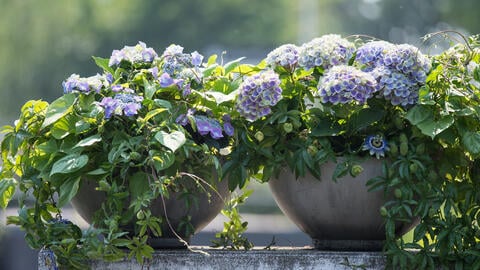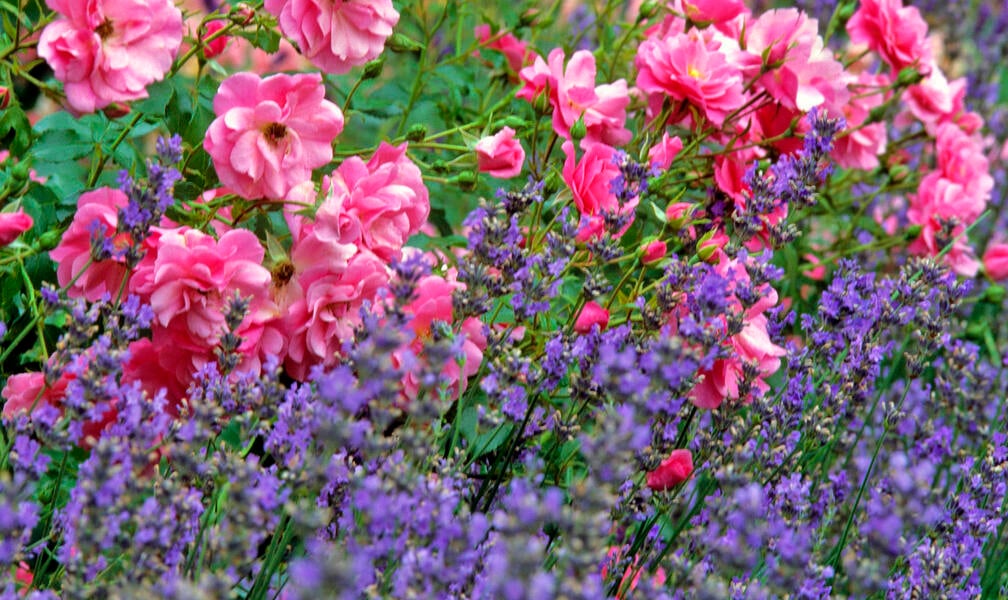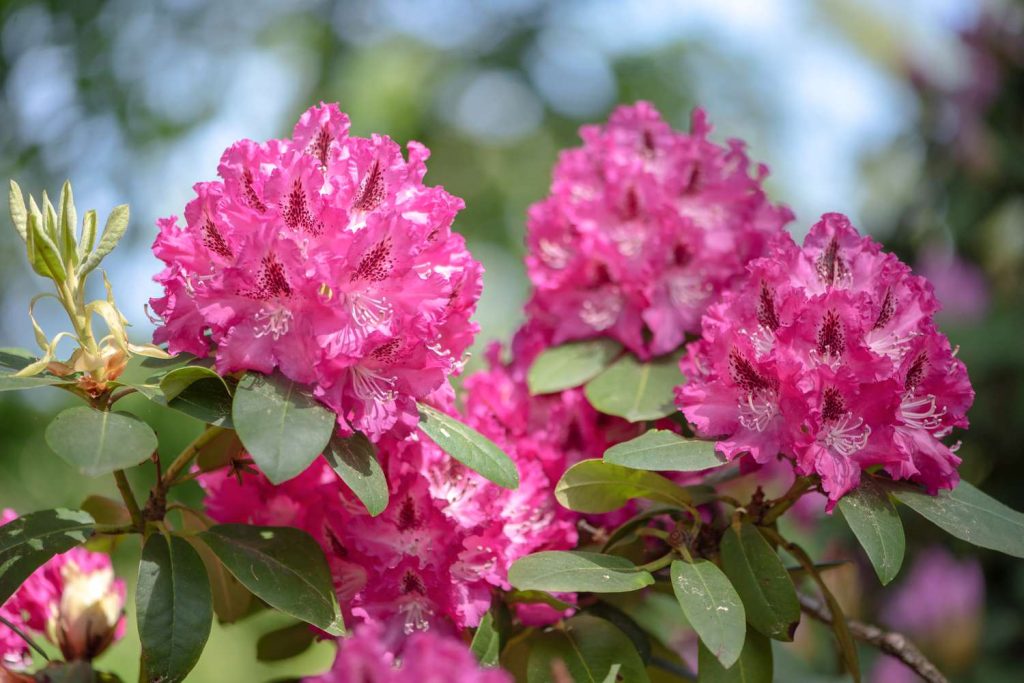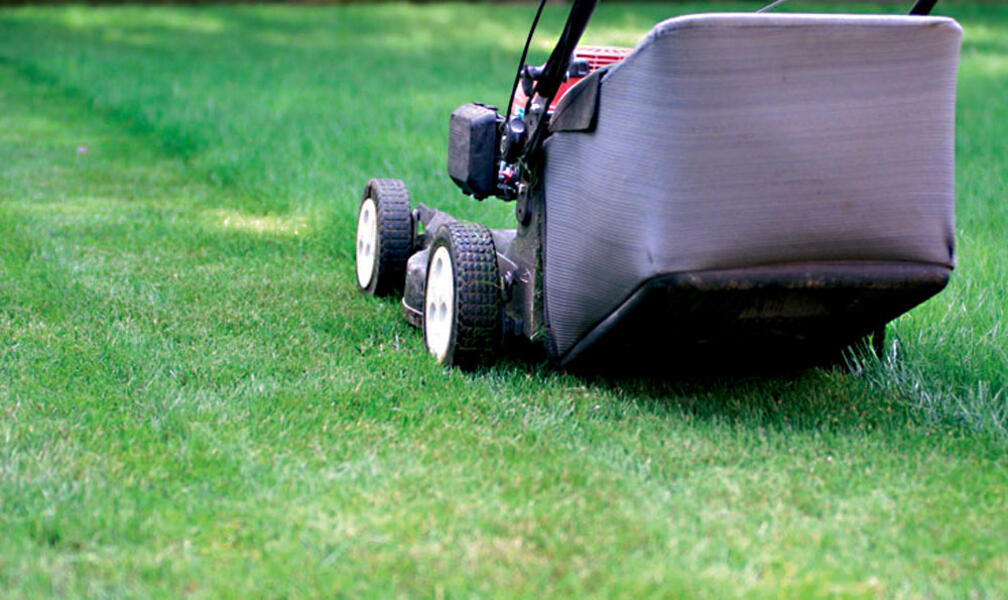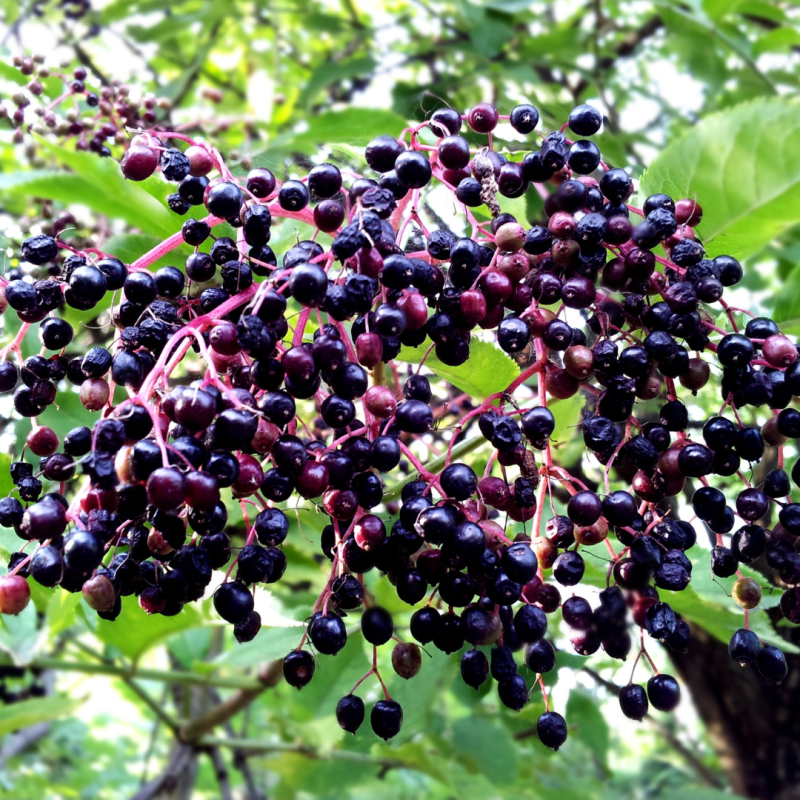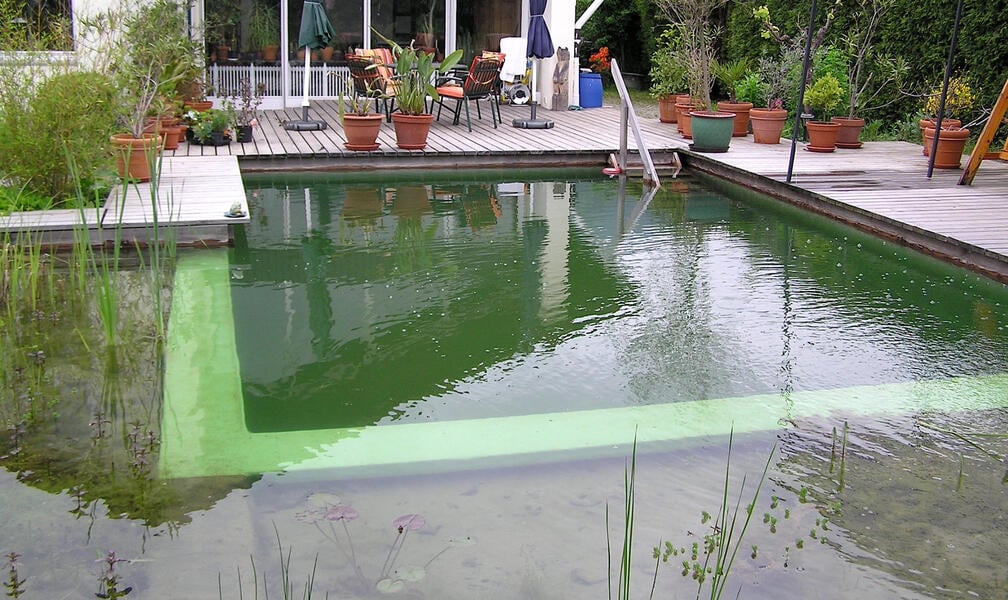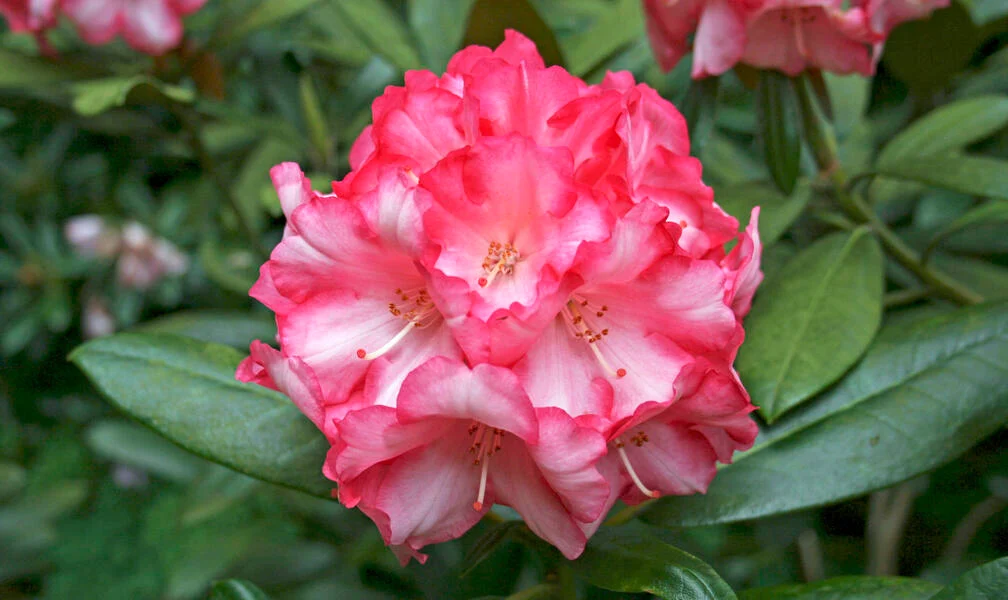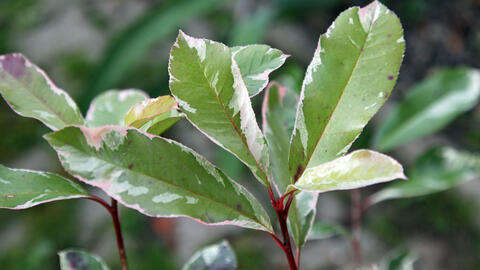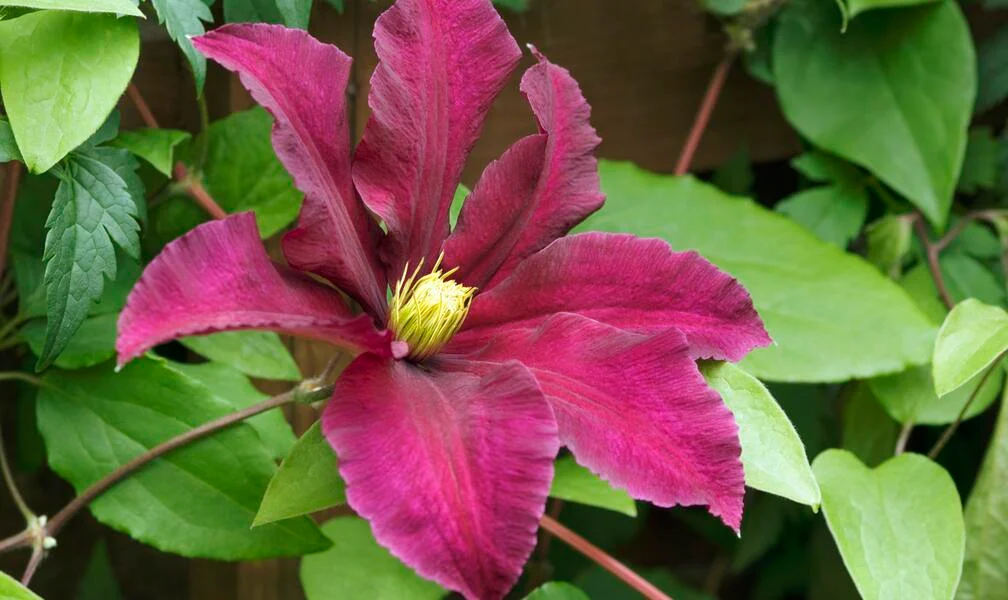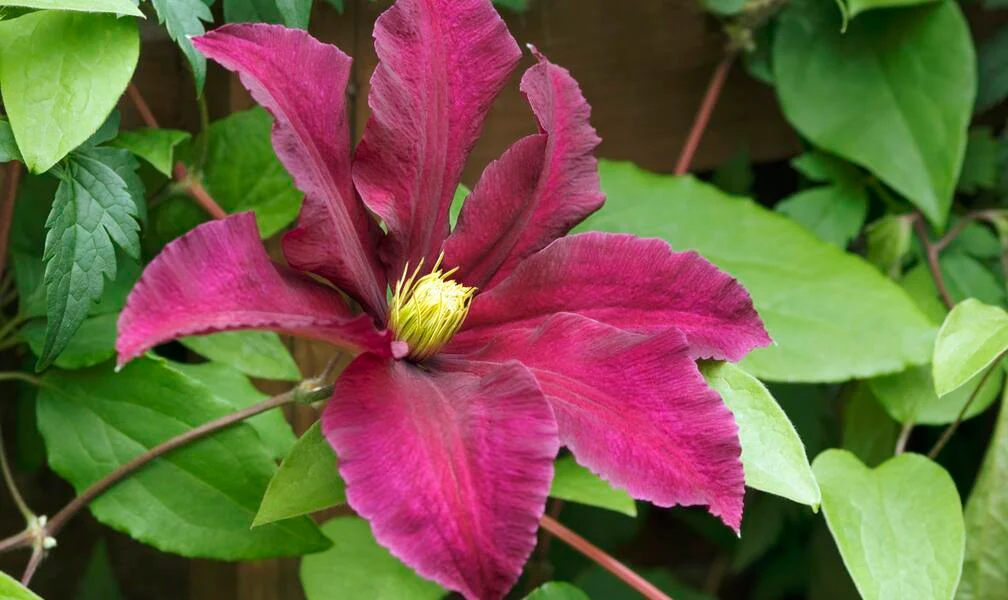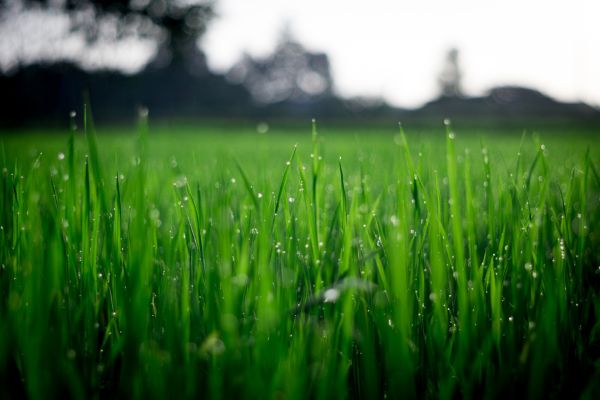How to Properly Fertilize Hydrangeas
I’ve always loved watching my hydrangeas bloom in full color—it feels like a little celebration in the garden every year. But over time, I learned that giving them the right care and nutrients is key to keeping them healthy and vibrant. Fertilizing hydrangeas properly can make all the difference between a few sparse blooms and […]
How to Properly Fertilize Hydrangeas Read More »

